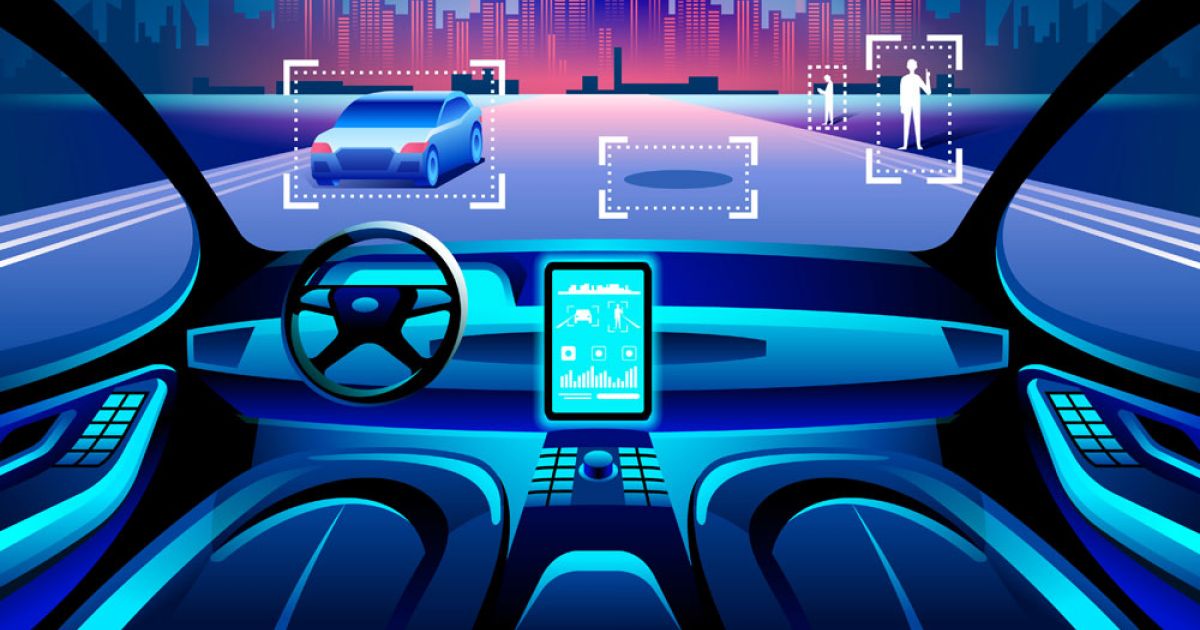Whether you’re a driver, a passenger, or a pedestrian, one of the most important things you can do is to avoid car accidents. Unfortunately, in today’s world, that can be harder than ever. With new technology coming out constantly, it’s easy for people to get distracted by their phones or other devices, even when driving.
If you’re ever involved in an auto accident, you can view your accident on various car accident news websites. That’s really frustrating to hear, isn’t it? With modern technology, there are more ways than ever to avoid car accidents. If you’re looking for ways to avoid car accidents, here are some modern technologies that can help.
Pre-crash detection systems: The first solution is to use technology such as pre-crash detection systems that detect vehicles in danger of colliding. These systems can detect things like high speeds, blind spots, and even whether or not the driver is wearing their seatbelt. The system will then alert the driver and/or other vehicles nearby to reduce the likelihood of an accident.
Blind Spot Detection Systems: Blind spot detection systems use sensors to monitor the areas around your car where other vehicles could lurk. If another vehicle is in your blind spot, the system will alert you so you can take action to avoid a potential collision.
Measure vibration: Another solution is to install sensors on roadways that measure vibration from passing traffic and alert drivers if they are getting too close to other vehicles. This helps prevent crashes by keeping drivers away from each other at all times.
Know your route before you start driving by using Google maps: One of the best ways to avoid getting into an accident is to know exactly where you’re going before you start driving. Plan your route so you don’t have to look at a map or GPS while you’re behind the wheel.
Lane Departure Warning Systems: Lane departure warning systems use cameras or sensors to monitor the lane markings on the road. If you start to drift out of your lane without signaling, the system will give you an auditory or visual warning so you can get back on track.
Rear-View Cameras: Rear-view cameras give you a clear view of what’s behind your car when backing up. This is especially helpful in tight spots or when there are small children or pets in the area.
Adaptive Headlights: Adaptive headlights adjust their angle as you turn the steering wheel, providing better illumination around corners and bends in the road. This can help you see potential hazards before they become a problem.
Forward Collision Warning Systems: Forward collision warning systems use sensors to monitor the space between your car and the one in front of you. If a collision is imminent, the system will warn you so you can take action to avoid it.
Automatic Emergency Braking Systems: Automatic emergency braking systems automatically apply the brakes if a collision is detected and the driver doesn’t take action to avoid it. This can help reduce the severity of an accident or even prevent one altogether.
Tire Pressure Monitoring Systems: Tire pressure monitoring systems constantly monitor the pressure in your tires and warn you if they’re getting too low. This helps you avoid flat tires and blowouts, which can be dangerous on busy roads.
Vehicle Stability Control Systems: Vehicle stability control systems help keep your car stable on slippery or uneven roads by applying brake pressure to individual wheels and reducing engine power as needed. This can help prevent accidents caused by loss of control on treacherous roads.
Use apps to keep your phone out of reach: It’s tempting to want to check your phone while you’re driving, but it’s also one of the leading causes of distracted driving accidents. If you can’t resist the urge to look at your phone, put it in the glove box or somewhere else out of reach so you’re not tempted to pick it up while you’re driving.
Object tracker apps: Construction zones are another common place for accidents to happen since they often involve lane closures, detours, and other potential hazards . When driving through construction zones , pay close attention to signs and flaggers so you know what changes to expect ahead , and slow down —even if there isn’t a posted speed limit. So, you have more time to react if something unexpected happens.
Conclusion:
Car accidents are a leading cause of death and injury worldwide, but modern safety technologies can help reduce your risk of being involved in one. Blind spot detection systems, lane departure warning systems, rear-view cameras, adaptive headlights, forward collision warning systems, automatic emergency braking systems, tire pressure monitoring systems, and vehicle stability control systems are all effective tools for avoiding accidents. So if you’re looking for ways to stay safe on the road, consider investing in some of these modern safety technologies for your vehicle.
